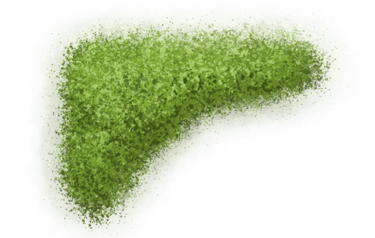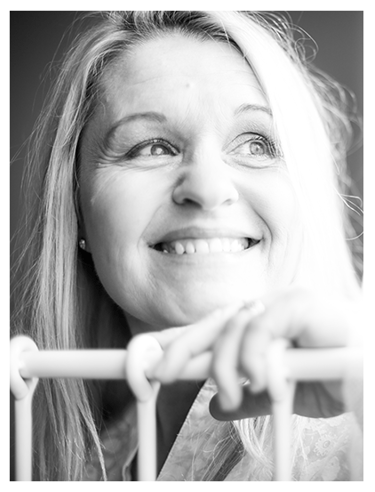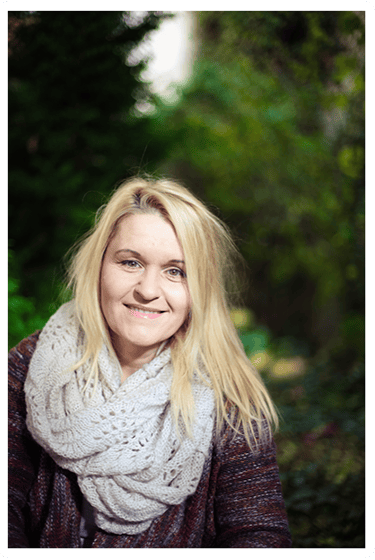ABOUT
The idea of this adorable book and later the activity book was born in Ildiko's heart about eight years before their release in 2024. The realisation of the need for this kind of support for children and their caregivers started even earlier, in 2005. The tragic death of her sons' father opened a deep wound, and also an urgent need to find tools that help the bereavement process for her young family. At that time there was little knowledge about grieving. As years passed by she learned mostly from experience how to manage their life and how to raise the boys to live a life that is not shadowed daily by the tragedy.
But the question remained, how to help other children? Her recent studies on children's mental health woke up, triggered, and boosted her passion for helping families struggling to cope. After waiting eight years, just recently, a wonderful pedagogical psychologist joined her children's book project. With her deeper insight, this story from the Blue Forest and also the future ones are shaping, for a wider audience to enjoy.





Ildiko Hankoszky is a freelance illustrator (widowed mother of two boys, grandmother, and survivor) living in Wiltshire, United Kingdom.
Drawing and forming have been together on her path from her childhood. She is a former wood sculptor and conservation assistant (unfortunately, she had to finish these wonderful jobs due to both of her hands needing surgery for carpal tunnel), she also worked for a few years as a cartoon animator and graphic designer. (Yes, all. She could tell you about it.) These jobs taught her to be precise, and patient, and to take good care of the details of her work. She also illustrated and edited two children's books published in Hungary in 2018.
A few years ago, when the COVID lockdown started, she had to shield herself as a member of the most vulnerable group. There was plenty of time to think about her abilities and what she wanted or needed to achieve in the future. So, after praying over it, she immersed herself in drawing and also started studies about children's mental health and mindfulness. Mixing her knowledge with illustrations, she created her first children's picture book as an author and illustrator.
She recognized the consequence of bad mental health many years ago, way before her motherhood started. Already in primary school, she planned to become a children's psychologist. Or an animator. Or a sculptor. Then, despite starting the uni with math and programming to have a normal 9 to 5 job, she ended up in the art field. She has never regretted it.





From a neuroscience perspective, grief is a complex emotional response to loss, typically involving feelings of sadness, longing, and sometimes anger or guilt. It involves multiple regions of the brain, including the prefrontal cortex, amygdala, hippocampus, and anterior cingulate cortex, which are involved in processing emotions, memory, and decision-making.
When a person experiences grief, there are changes in neurotransmitter levels, particularly in serotonin and dopamine, which can affect mood regulation and reward processing. Additionally, the stress response system, involving the hypothalamic-pituitary-adrenal (HPA) axis and the release of cortisol, may become dysregulated, leading to changes in sleep, appetite, and energy levels.
In children, grief can manifest differently depending on their age, developmental stage, and individual temperament. Younger children may not fully grasp the concept of death and may express their grief through changes in behavior, such as increased clinginess, regression in developmental milestones, or acting out. Older children and adolescents may have a better understanding of death but may still struggle to process their emotions and may experience symptoms similar to adults, such as sadness, anger, withdrawal, or difficulty concentrating.
The storyline is based on today's knowledge of the fascinating world of neuroscience and the intricate workings of hormones in the human body, using simple pictures for children to understand what is happening inside. The story is not intend to give full insight, but it is important to learn the work of hormones when it comes to feeling hopeless, empty, angry, dumb, or blaming themselves for a tragedy.
Beyond their physical effects, hormones are powerful biochemical messengers that can significantly influence our mood and emotions, including their profound impact on the experience of grief. Through engaging insights drawn from cutting-edge research, there are articles to uncover the neuroscience behind grief and gain a deeper understanding of how our brain chemistry shapes our emotional responses to loss.
Caregivers need to provide support and understanding to children experiencing grief, as well as access to appropriate resources such as counseling or therapy if needed. Additionally, maintaining routines and providing opportunities for children to express their feelings through art, play, or conversation can help them cope with their loss healthily.
Join Anton and Carey on a journey of discovery as the story unravels the complexities of the mind-body connection for children’s understanding of grief, loss, and emotional well-being.

Articles


Developmental Manifestations of Grief in Children and Adolescents:
How grieving changes the brain:
Functional Neuroanatomy of Grief:









